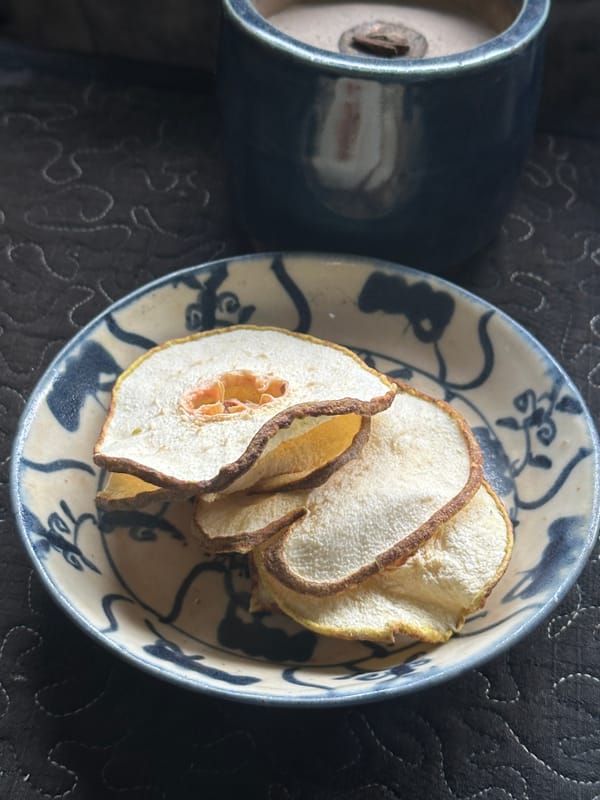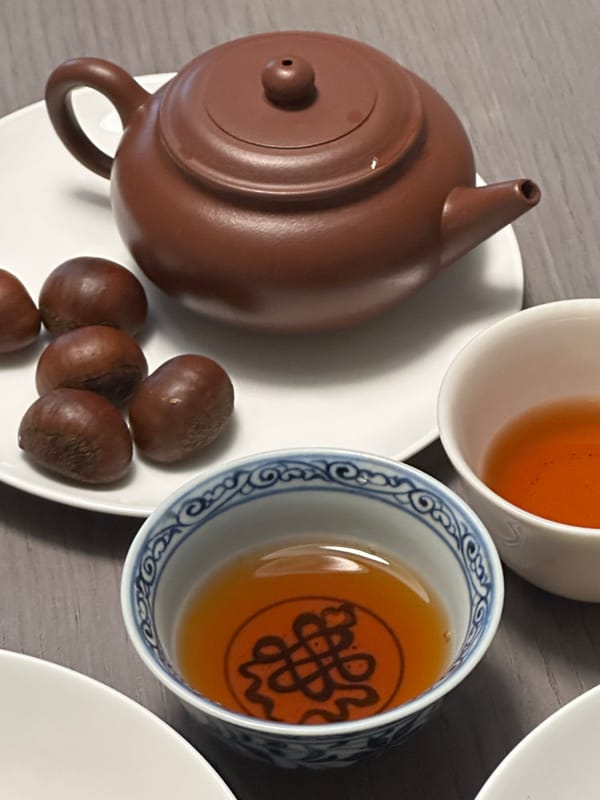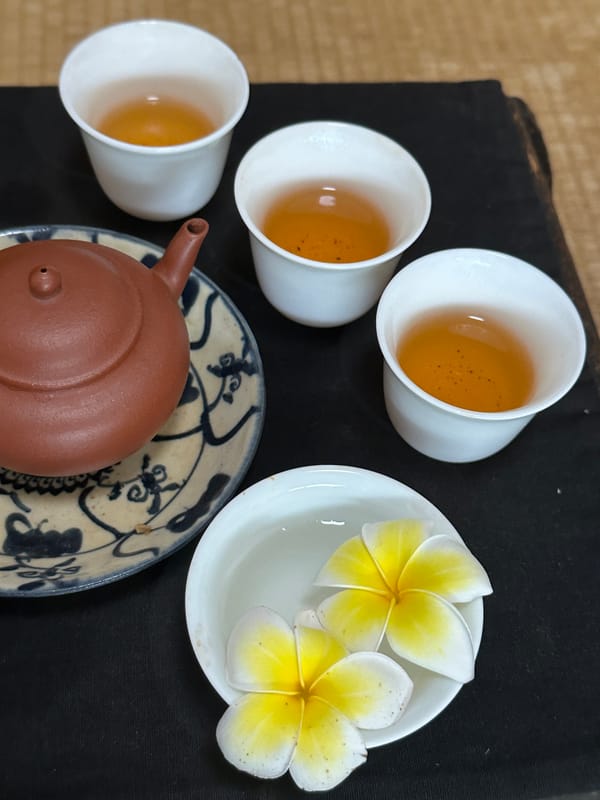Have you ever found yourself savoring a sweet piece of dried fruit while sipping a warm cup of tea, only to be surprised by a wave of bitterness? It’s not that the tea is spoiled or the dried fruit poorly chosen—you’ve simply stepped into one of the classic dried fruit and tea pairing traps. As someone who has cherished tea for years, I’m here to share the interplay of tannins and fruit acidity, so you can unlock the science behind these pairings and fully enjoy their refined harmony.
Simple Pairings, Complex Interactions
Why Can Tea and Dried Fruit Taste Bitter Together?
One afternoon, I took a sip of freshly steeped black tea and bit into a slice of dried pineapple. To my dismay, a sharp bitterness unfolded—how could two things I love create such discord?
The answer lies in tannins, polyphenolic compounds found in tea. When these tannins interact with the sugar and acids in dried fruit—especially fruit with skin—the combination can result in unexpected bitterness. Like two vivid personalities that clash when forced into the same room, the flavors lose their elegance when not carefully matched.
So why exactly does dried fruit with tea taste bitter?
When the tannins in tea meet the sugars and organic acids in dried fruits, particularly skin-on varieties, chemical reactions occur. This disrupts the flavor balance and brings out astringency.
Every Dried Fruit Has a Personality: Find the Right Tea Match
Like people, dried fruits have distinct personalities. Let’s explore the flavor traits of common dried fruits and discover which teas complement them best.
Dried Pineapple: The Bold Southerner
Made from Taiwan’s golden pineapple, this dried fruit is intensely sweet and tart. While flavorful on its own, it can overwhelm delicate teas.
Charcoal-roasted dried pineapple, with its woody aroma, can pair well with a strong Wuyi oolong, though the fruit will still dominate.
Best Pairing: Wuyi rock tea, medium to heavily roasted oolong
Avoid With: Green tea, high-tannin black tea
Tip: Sip alternately—let the roasted notes soften the pineapple’s acidity.
Dried Guava: Subtle Yet Stubborn
Often dusted with licorice powder to mellow its astringency, dried guava is rich in flavor. Yet the slightly bitter skin can interact strangely with some teas.
When paired with high mountain oolong, however, the result is a surprising delight—a calm surface stirred by subtle ripples.
Best Pairing: High mountain oolong, lightly roasted oolong
Avoid With: Tieguanyin, rich black teas
Tip: Sip first, then nibble to unfold the guava’s layers.
Citrus Slices: Astringency Beneath the Shine
Citrus peels, especially with seeds intact, can add unwanted bitterness when paired with tea—even if their juice is naturally sweet.
Best Pairing: Black tea, honey-aroma oolong
Avoid With: Green tea, white tea
Tip: Choose seedless, peeled slices to reduce bitterness.
Dried Kiwi: The Sour Sophisticate
Whether green, yellow, or ruby-red, kiwis are naturally tangy. Once dried, the acidity intensifies.
Pairing it with aged oolong—known for its Wuyi-style sourness—results in a flavor clash that’s hard to enjoy.
Best Pairing: Honey black tea, small-leaf white tea
Avoid With: Aged oolong, Wuyi teas
Tip: Use sweeter kiwi to balance the bitterness.
Which teas pair well with sour dried fruit?
Low-tannin, naturally sweet teas like honey-scented black tea, white peony, or medium-roast oolong create a better balance.
Golden Match Highlight: Red Dragon Fruit & Dong Ding Oolong
Looking for a perfect pair?
After many tastings, I discovered a stunning match: red dragon fruit with Dong Ding oolong. This duo is a dream afternoon tea combination.
Dong Ding oolong, with its moderate oxidation and roasting, exudes a signature fire-kissed aroma. When combined with the subtle texture of dragon fruit seeds, the result is nothing short of poetic.
Tasting Steps for Maximum Enjoyment
- Don’t chew first.
- Hold a small piece of dragon fruit in your mouth.
- Sip the tea.
- Let the enzymes work.
- Feel how the fruit’s flavor melts into the roasted tea body.
It’s like sunlight filtering through leaves—gentle and enveloping. A small journey for your palate with each tea break.
Pairing Score: ★★★★★
Success Key: Roasted notes soften dragon fruit's grainy texture for balanced harmony
Golden Rules for Pairing Tea with Dried Fruit: Avoid the Pitfalls
How can you prevent flavor clashes?
In our fast-paced world, tea and dried fruit offer a moment of tranquility. But bitterness can ruin that peace—here are the golden rules from years of trial and error:
Four Golden Rules for Pairing
- Mind the tannin level: Lightly oxidized teas have higher tannins, which amplify bitterness. Go for medium-oxidized or roasted teas.
- Be selective with dried fruit: Avoid overly sour or sugary fruits. Natural, unsweetened options are best.
- Master the tasting order: Hold the fruit, then sip tea to let the flavors integrate—don’t chew them together.
- Embrace experimentation: Sometimes, the oddest pairings become your favorites.
Quick Pairing Reference Table
| Dried Fruit | Best Tea Pairing | Teas to Avoid | Flavor Note |
|---|---|---|---|
| Pineapple | Wuyi rock tea, medium-roast oolong | Green tea, black tea | Bold and tangy; needs balance |
| Guava | High mountain oolong | Tieguanyin, black tea | Slight bitterness adds depth |
| Red Dragon Fruit | Dong Ding oolong | Pu’er, green tea | Textural harmony with roast |
| Kiwi | Honey black tea, white tea | Aged oolong, Wuyi tea | Tartness requires sweet tea |
| Citrus | Honey oolong, black tea | Green tea, white tea | Peel bitterness needs sweet offset |
Tasting is not just a feast for your palate—it’s nourishment for your soul. In every sip and every bite, you find a moment of calm. Like the silent bond between old friends, it takes time to nurture. May you discover your perfect pairing and create afternoon tea memories all your own.





